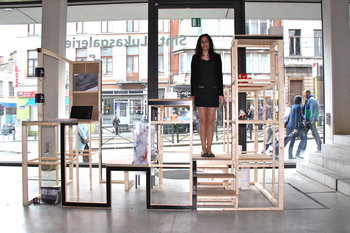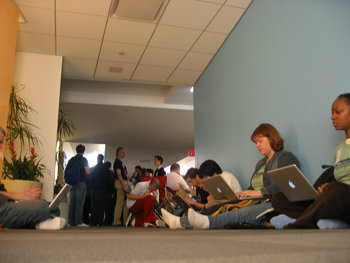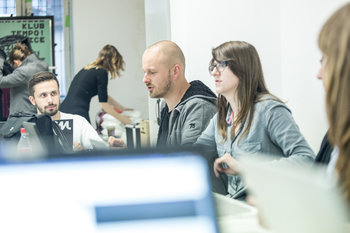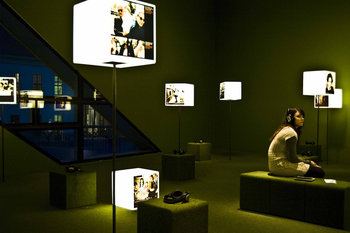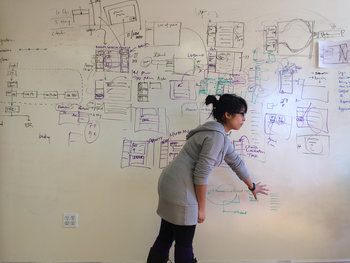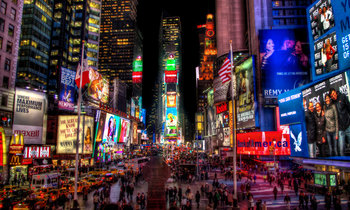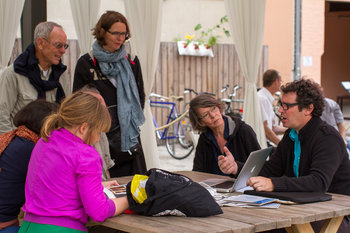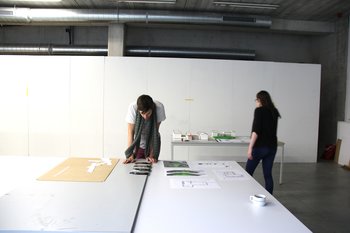|
| |
Backward compatibility is a design that is compatible with previous versions of itself. This typically means that it can seamlessly use the same data and equipment. Backward compatibility is important to products that accept data such as user input. Customers will be hesitant to buy a product that makes their work obsolete or requires cumbersome migration.It can be expensive to maintain backward compatibility as a product becomes bloated with code to support old versions. It is common to establish a roadmap whereby support for old versions of data formats and equipment are eventually dropped from the product.Forward compatibility is a design that is compatible with future versions of itself. This usually means that it tries to accept future data formats or includes dormant physical features that may be useful to the future. The future is often unknown and forward compatibility is associated with flexible designs that won't fail when things change. This may be achieved by simply skipping things the current design doesn't understand instead of throwing an error. For example, HTML is tolerant of tags or attributes it doesn't understand so that a developer can add new tags early.
|
| Backward Compatibility | Forward Compatibility | Definition | A design that is compatible with previous versions of itself. | A design that attempts to be as compatible as possible with future versions of itself. | Example | A mobile device that can display old image formats. | A mobile device that skips anything it doesn't understand in an image in an attempt to display future image formats. |
Next: Low Technology
More about low technology:
If you enjoyed this page, please consider bookmarking Simplicable.
© 2010-2023 Simplicable. All Rights Reserved. Reproduction of materials found on this site, in any form, without explicit permission is prohibited.
View credits & copyrights or citation information for this page.
|











